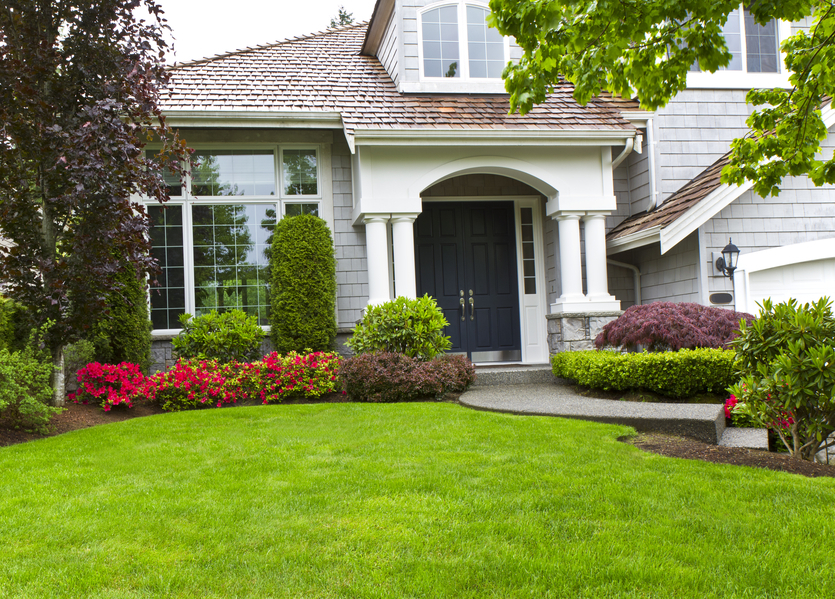Whilst eco-designers will tell you passive design is extremely important for living in comfort, few home owners know what it is.
Passive design is about utilising the current climate to ensure your home maintains a comfortable temperature range. By understanding the basic measures of good passive home design, your home is likely remain comfortable in both the winter and summer.
A good passive home design is essential in maintaining a thermal comfort, low greenhouse emissions and of course, low energy bills! So here are seven ways you can optimise your passive home design:
 The colour of your home can massively impact the comfort of your home. Using lighter colours on your roof and walls will reflect the heat from sunlight. Darker colours instead absorb the heat. Something as simple as changing the colour of your roof tiles can have a significant impact on the internal comfort of your home.
The colour of your home can massively impact the comfort of your home. Using lighter colours on your roof and walls will reflect the heat from sunlight. Darker colours instead absorb the heat. Something as simple as changing the colour of your roof tiles can have a significant impact on the internal comfort of your home.
2. Plant some trees. Having bushy trees planted on the western side of your house will reduce the direct heat coming in from the western afternoon sun. Before you start to worry about what happens in the cooler months – make sure you plant deciduous trees and they’ll let the lovely warm sun through when they drop their leaves in Autumn/Winter.
3. Use awnings. Awnings are a great way to stop the heat that comes from outside. According to research done by the US Department of Energy, awnings can reduce the amount temperature rises by in your home from sunshine by up to 77 percent on windows with western exposures. Other alternatives include roof overhangs or pergolas.
4. Get your windows right. Heat rises right? So having high windows open will vent out the hot air. Now here’s something a little bit more technical for you. The Bernoulli Effect. To understand this effect you need to know that wind is sucked towards areas of lower air pressure. The Bernoulli effect basically causes the air on the downwind side of your house to be lower in pressure than air on the upwind side of your house. This is where double hung windows come in. With double hung windows you can open the bottom section of the window in the upwind side of the house, and open the upper section in the downwind side of the house, to let the low pressure suck the air through your house, keeping it cooler.
5. Fans should always be centrally located. Air speed decreases with increased distance, so position your fans where your family spends most of their time i.e. centre of the bed, centre of the living room.
6. Think twice about skylights. Skylights have their pros and cons. On positive side they are a great source of natural light and can significantly improve natural ventilation (as long as they open). But on the negative side the increased sunlight can become uncomfortable in summer, and in winter they could lead to heat loss. So, if you’re thinking about getting a skylight, you need to consider its size and location in the context of what you’re looking to get from it.
Of course if you’re looking to make your home more comfortable or more cost effective in terms of its energy usage, we’d be thrilled to talk to you. You can call us on 1300 045 103.